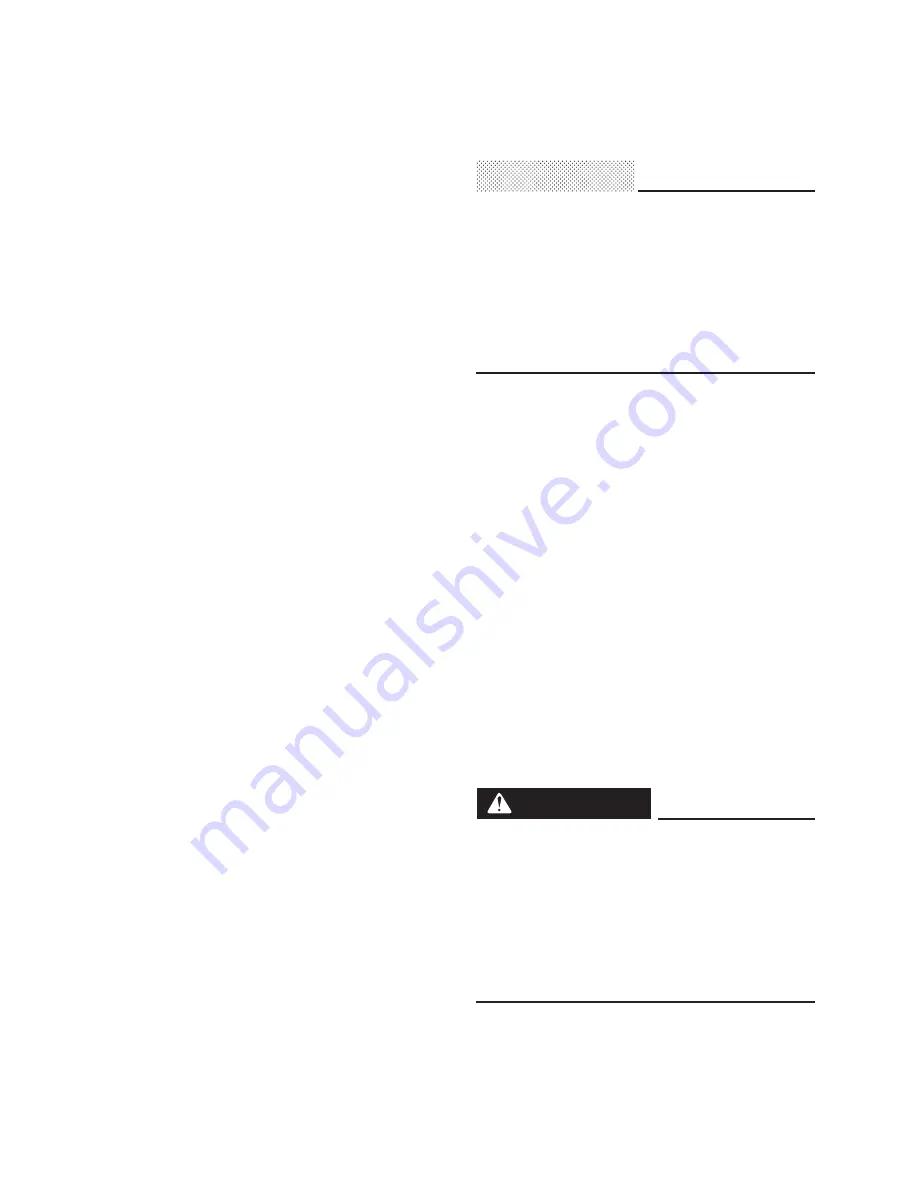
10-1
ESS70303
STORAGE
Long term storage, requires some preven-
tive procedures to guard against deteriora-
tion.
1. Cleaning
Thoroughly clean the machine, inside
and out, to remove the corrosive salts
and acids that can accumulate. Use
Yamaha Mud and Grease Release, or an
equivalent, to loosen mud, grease and
grime. Wash with mild soap, then rinse
and dry completely.
2. Lubrication
Lubricate moving parts, suspension link-
age and pivot points. Use the grease or
lubricant specified in the MAINTENANCE
section, or Yamaha Lube-Zall general
purpose lubricant. Proper lubrication fights
corrosion while it reduces friction.
3. Fuel System Preparation
Add Yamaha Fuel Conditioner/Stabilizer,
or an equivalent, to the fuel tank to help
prevent fuel oxidation, gum and varnish
deposits, and to inhibit corrosion in the
fuel system and carburetor. In areas
where oxygenated fuel (“gasohol”) is
used, completely drain the fuel system.
Consult your Yamaha dealer.
4. Engine
Proper storage of the engine is essential
to prevent costly rust and corrosion dam-
age to internal engine components. This
is more important than ever in those
areas where oxygenated fuel (“gasohol”)
is used, because the alcohol content in
the fuel increases the chance for water to
enter the engine. Use Yamaha Stor-Rite
Fogging Oil, or an equivalent, to protect
both combustion chamber and crank-
shaft from corrosion. An alternate method
is to remove the airbox and squirt oil into
the carburetor throats while the engine is
running.
CAUTION:
Do not attempt to store the machine by
simply starting the engine occasionally
during the storage period. This can cause
more harm than good! Moisture and ac-
ids form during combustion which can
actually increase the chance for corro-
sion damage during the storage period.
5. Protection
Apply a coat of wax, such as Yamaha
Silicone Wax, to painted surfaces. Spray
Yamaha Silicone Spray, or an equivalent
protectant, on the exterior of the engine,
on the track, and on other metal, plastic
and rubber parts.
6. Battery (VT500XL)
Remove the battery from the machine
and check the fluid level. Charge the
battery. Store it in a cool, dry place that is
above 0°C (32°F), but less than 30°C
(90°F). Check battery condition with a
hydrometer monthly, and charge as nec-
essary.
WARNING
•
Never smoke or make and break con-
nections at the battery while charging.
Sparks may ignite the battery gas.
•
Be sure the battery terminals are tight
and that the battery vent tube is prop-
erly routed and is securely attached to
the battery.








































